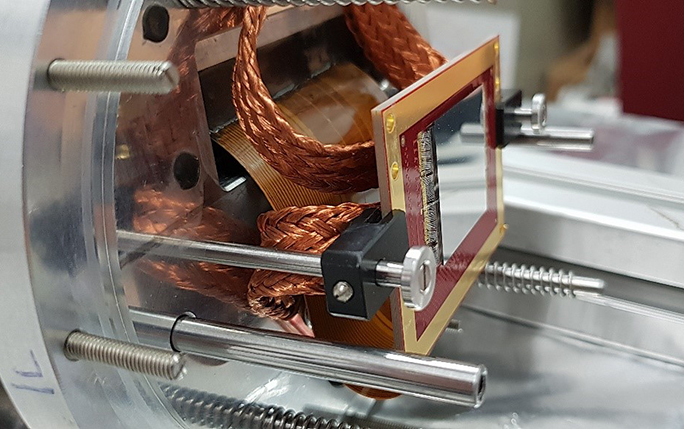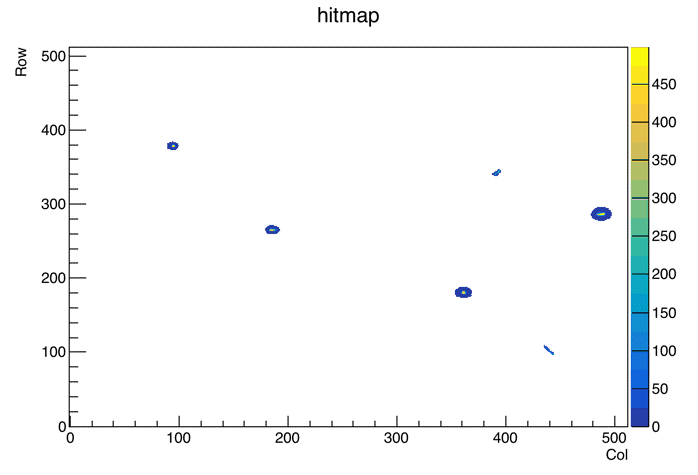Antiproton-nucleus annihilation studies in the ASACUSA experiment

In the last shifts of 2018, before the long shutdown (LS2), the ASACUSA experiment at the AD devoted its beam time to study the multiplicity and energy distribution of charged particles resulting from the antiprotons annihilating with nuclei at rest, which is not yet well known. The existing Monte Carlo data generators for such events are based on different physics models, such as FTFP in GEANT4, or FLUKA model. These models were initially developed for high energy hadronic interactions and were later extrapolated to the low energy regimes to simulate antiproton annihilations. In 2017, the AEgIS collaboration at the AD published its measurements of the products multiplicity of low energy ( ̴100 keV) antiproton annihilations in three different materials (Copper, Silver and Gold) using emulsion detector [1]. It was found that the FLUKA model was in fair agreement with the data, yet not completely reproducing it.

An antiproton annihilation event with six annihilation prongs, recorded with the Timepix3 detector.
In the measurement performed in ASACUSA were collected data for 150 eV antiprotons annihilating on thin foils (1-2 μm) of Carbon, Gold and Molybdenum. The antiprotons were extracted from the MUSASHI trap (the antiproton trap of ASACUSA) and focused on to the foils with an Einzel lens. The charged annihilation products such as charged pions, protons, alphas and other heavy fragments were detected using the Timepix3 quad array (silicon pixels) and the Hodoscope (scintillating bars and fibers) detectors. AVA fellow Amit Nanda took part in the operation of the Hodoscope detector, including calibration and data acquisition. The measurement was led by his colleague Angela Gligorova from SMI, Vienna, and is supported by her Marie Curie IF project ANGRAM No. 748826.
The analysis of these data, which is in progress, will provide valuable information for the better tuning of the MC simulation models for antiproton annihilation at rest, which will heavily benefit the AD community, where especially the GEANT4 models are widely used.
[1] S. Aghion et al 2017 JINST 12 P04021